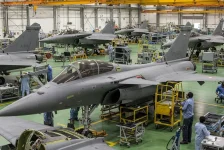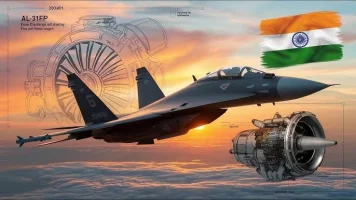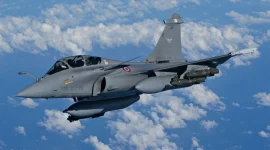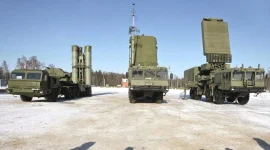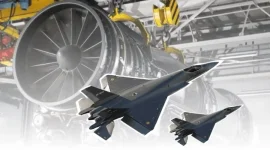
China's military modernization continues to accelerate, with a particular emphasis on its fifth-generation stealth fighter jet, the J-20. Recent reports indicate that China has ambitious plans to deploy a formidable fleet of 1,000 J-20s by 2035, a move that could significantly reshape the regional balance of airpower.
This dramatic increase in production is facilitated by a groundbreaking "pulsating production line" that leverages advanced automation and mechanization. This innovative approach streamlines the assembly process, allowing for a reported annual production rate of 120 J-20s, a substantial leap from the previous 40-50.
The J-20, often likened to the American F-22 Raptor, is believed to possess advanced stealth capabilities, sophisticated avionics, and a formidable weapons payload. While its exact specifications remain classified, the J-20's potential to replace older fighter jets within the Chinese air force signals a significant modernization effort.
China's J-20 Deployment Raises Concerns in India
China's deployment of at least six J-20s within 150 kilometers of the de facto border with India in the Sikkim region has raised concerns in New Delhi. The J-20's advanced capabilities and proximity to Indian air bases have prompted calls for India to expedite its own fifth-generation fighter jet program, the Advanced Medium Combat Aircraft (AMCA).While the J-20 represents a significant advancement in Chinese airpower, challenges remain. Reports suggest that China is still grappling with the development of advanced engines for the J-20. However, as the first country in Asia to field an operational stealth fighter, China is poised to gain valuable experience and expertise in fifth-generation aircraft technology.
India's AMCA: A Response to China's Growing Airpower
In response to China's growing airpower, India is actively developing the AMCA, a fifth-generation fighter jet designed to match or exceed the capabilities of the J-20. The AMCA program, however, faces significant challenges, including the development of advanced technologies like aero-engines, AESA radars, and electronic warfare systems.Some experts have suggested that India consider collaborating with international partners to accelerate the AMCA program. Potential collaborations with the Global Combat Air Programme (GCAP) or the French-led Future Combat Air System (FCAS) have been discussed.

